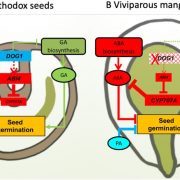
The genomic and transcriptomic foundations of viviparous seed development in mangroves (bioRxiv)
Plant Science Research WeeklySome mangrove species are viviparous, meaning their seeds germinate while still attached to the mother plant. This behavior is thought to facilitate seedling establishment in the tropical and subtropical intertidal zones they inhabit. However, the genetic and molecular mechanism behind it remains to…
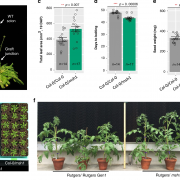
MSH1-induced heritable enhanced growth vigor through grafting is associated with the RdDM pathway in plants (Nature Comms.)
Plant Science Research WeeklyThe ability of plants to adapt to diverse environments and environmental conditions has been attributed to phenotypic plasticity mediated by genetic and epigenetic changes. Through grafting experiments, small RNA has been shown to be a mobile molecule that can be transmitted long-distance via the vascular…
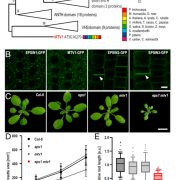
Functionally overlapping but molecularly distinct TGN subdomains of two Epsin-like proteins (PNAS)
Plant Science Research WeeklyThe trans-Golgi networks (TGN) is a major protein sorting station involved in trafficking or recycling of endosomal materials. This busiest hub in the cell has at least four important pathways including the anterograde routes of secretory, recycling, vacuolar transport and retrograde endocytic pathways.…
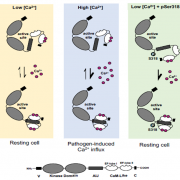
Phosphorylation-dependent sub-functionalization of the calcium-dependent protein kinase CPK28 (bioRxiv)
Plant Science Research WeeklyCalcium-dependent protein kinases (CPKs) form an important class of sensor-responder proteins that bind Ca2+ to ‘sense’ intracellular Ca2+ levels, and ‘respond’ by phosphorylating target proteins. CPK28 has distinct roles in growth and defense. To analyze the importance of Ca2+ in fine-tuning…

Ethylene independent functions of ACC in Marchantia polymorpha (Nature Plants)
Plant Science Research Weekly
Ethylene is synthesized from 1-Aminocyclopropane carboxylic acid (ACC), and ACC has long been used as a substitute to induce ethylene responses. In a new study, Li and colleagues show that ACC functions as a stand-alone signaling molecule in the liverwort Marchantia. While treatment with ethylene…
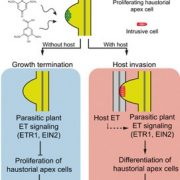
Ethylene signaling mediates host invasion by parasitic plants (Science Advances)
Plant Science Research WeeklyParasitic plants cause agricultural devastation across the globe, yet the molecular basis of their parasitism is largely enigmatic. They grapple and intrude into the host roots with an organ called the haustorium. Haustoria formation is induced upon recognition of host-derived haustorium-inducing factors…

WUSCHEL triggers innate antiviral immunity in plant stem cells (Science)
Plant Science Research WeeklyMeristem culture is widely used as a technique for plant propagation because meristems are usually virus-free, even in systemically infected plants. It has long been assumed that viruses are unable to enter the cells of the meristem due to the meristem’s lack of vascular connections to the plant. Here,…
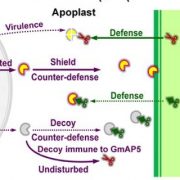
N-glycosylation shields Phytophthora sojae apoplastic effector PsXEG1 from a specific host aspartic protease (Proc. Natl. Acad. Sci. USA)
Plant Science Research Weekly
Physicists say “for every reaction there is an equal and opposite reaction,” an expression that applies to the interactions between plants and pathogens as well. Here, Xia et al. have uncovered another layer in the “arms race” between soybeans and the oomycete pathogen Phytophthora sojae.…
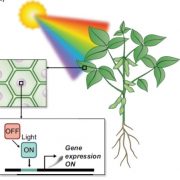
Plant Science Research Weekly: November 6, 2020
WWR Full PostReview: Optogenetics in plants
Optogenetics is the process by which light can modify cellular behavior, through the action of light-sensitive proteins or other molecules. In many respects, optogenetics seems more like science fiction than reality; the realization that neural activity in the brain…

